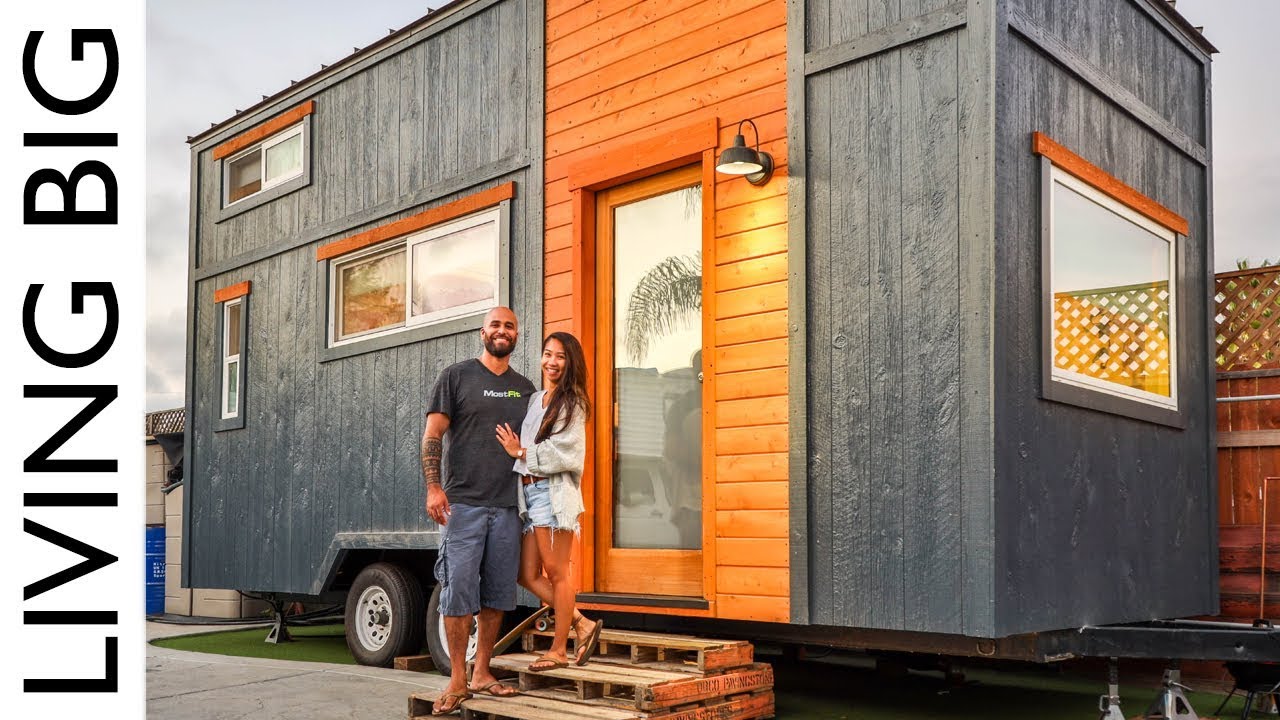Introduction
Building a tiny house has become a popular alternative for those seeking a simpler, more sustainable lifestyle. These small, compact dwellings offer a unique opportunity to downsize, reduce clutter, and focus on what truly matters. In this article, we will explore the benefits of building a tiny house, essential steps in the construction process, challenges to consider, and inspiring stories from the tiny house movement.
What is a Tiny House?
A tiny house is a small, typically single-story dwelling that ranges from about 100 to 400 square feet in size. These homes are designed to maximize functionality and use every inch of space efficiently. They often feature clever storage solutions, multi-purpose furniture, and innovative designs to create a comfortable living environment despite their compact size.
Benefits of Building a Tiny House
- Financial Freedom and Cost-Effectiveness: One of the most appealing aspects of tiny house living is the cost savings. Building and maintaining a tiny house is significantly more affordable than a traditional home, allowing homeowners to save money, reduce debt, and achieve financial freedom.
- Minimal Environmental Footprint: Tiny houses have a much smaller environmental impact compared to larger homes. They require fewer materials to build, consume less energy for heating and cooling, and encourage a more sustainable lifestyle.
- Simplified Lifestyle: Living in a tiny house often means embracing a minimalist lifestyle. It encourages people to declutter and prioritize experiences over material possessions, leading to a more fulfilling and meaningful life.
- Mobility and Flexibility: Many tiny houses are built on trailers or wheels, providing the freedom to travel and explore new places without leaving the comfort of home behind.
Planning Your Tiny House Project
Before embarking on your tiny house journey, careful planning is essential to ensure a successful and enjoyable living experience.
- Establishing a Budget: Determine how much you are willing to spend on your tiny house project. Factor in the cost of materials, labor, permits, and any additional features you wish to include.
- Choosing the Right Location: Decide where you want to place your tiny house. Consider local zoning laws, accessibility to utilities, and proximity to amenities.
- Design Considerations: Create a layout and design that suits your lifestyle and preferences. Optimize the use of space to make the most of every square foot.
- Legal and Zoning Requirements: Research and comply with local building codes and regulations. Some areas have specific rules for tiny houses, so it’s crucial to be aware of them.
Essential Steps in Building a Tiny House
Building a tiny house requires careful attention to detail. Here are the essential steps involved in the construction process:
- Foundation and Flooring: Choose a suitable foundation, whether it’s a trailer, slab, or crawl space. Install the flooring, ensuring it is level and well-insulated.
- Framing and Insulation: Construct the frame of your tiny house and add insulation to regulate temperature and increase energy efficiency.
- Roofing and Exterior Walls: Install a durable roof and weatherproof exterior walls to protect your home from the elements.
- Electrical and Plumbing Systems: Set up the electrical wiring and plumbing to ensure your tiny house has access to power and running water.
- Interior Design and Space Optimization: Furnish your tiny house with space-saving furniture and clever storage solutions. Maximize functionality without compromising comfort.
DIY vs. Hiring Professionals: Pros and Cons
Deciding whether to build your tiny house yourself or hire professionals is an important consideration. Each option has its advantages and drawbacks.
- DIY: Building your tiny house allows you to have complete control over the design and construction process. It can be a rewarding experience for those with construction skills and a tight budget. However, it requires significant time, effort, and learning.
- Hiring Professionals: Hiring experts to build your tiny house ensures a high-quality, well-constructed home without the need for hands-on involvement. However, it can be more expensive and may limit personal customization.
Safety Measures and Building Codes
Safety should always be a priority when building a tiny house. Adhere to building codes and take necessary precautions to ensure the structural integrity of your home.
Common Challenges and How to Overcome Them
While building a tiny house is an exciting endeavor, it’s not without its challenges. Some common obstacles include limited space, zoning restrictions, and material choices. Researching and planning ahead can help you overcome these hurdles.
Tips for Off-Grid Tiny Living
For those seeking a more self-sufficient lifestyle, off-grid tiny living may be the answer. Implementing renewable energy sources, rainwater harvesting, and composting toilets are some ways to achieve greater independence.
Tiny House Living: What to Expect
Living in a tiny house is a unique experience that comes with both advantages and considerations. Prepare for a simplified lifestyle, closer connections, and a deeper appreciation for nature.
Inspiring Tiny House Stories
Throughout the tiny house movement, countless individuals have embraced this lifestyle and shared their inspiring stories. Discover how people have transformed their lives by downsizing and focusing on what truly matters.
The Tiny House Movement and Its Impact
The tiny house movement has gained momentum worldwide as people seek alternatives to traditional housing. Explore how this movement is shaping the future of sustainable living.
Conclusion
Building a tiny house opens the door to a life of simplicity, sustainability, and freedom. Embracing the tiny house lifestyle allows individuals to break free from financial burdens, reduce their environmental footprint, and focus on experiences that enrich their lives.





Leave a reply